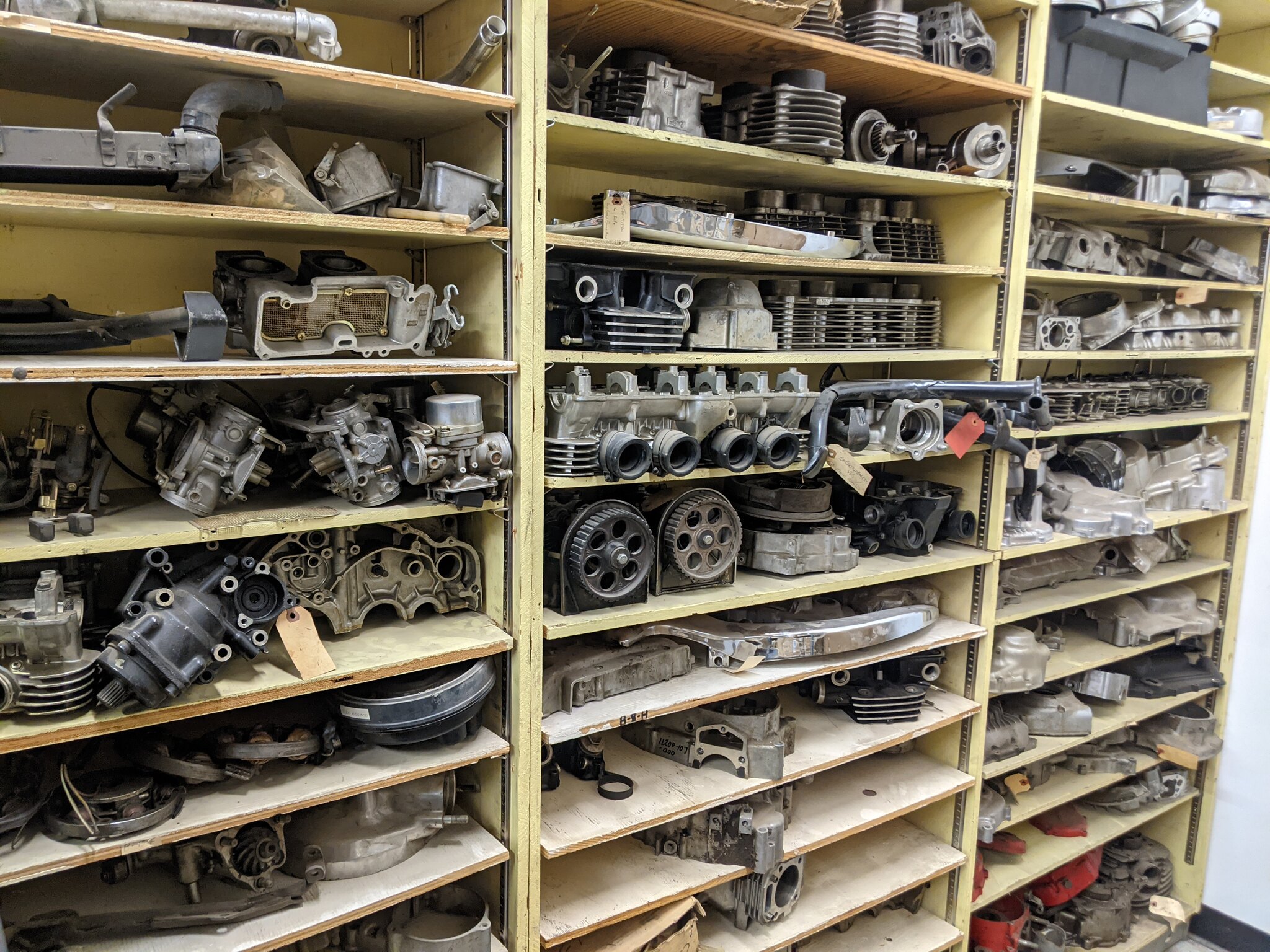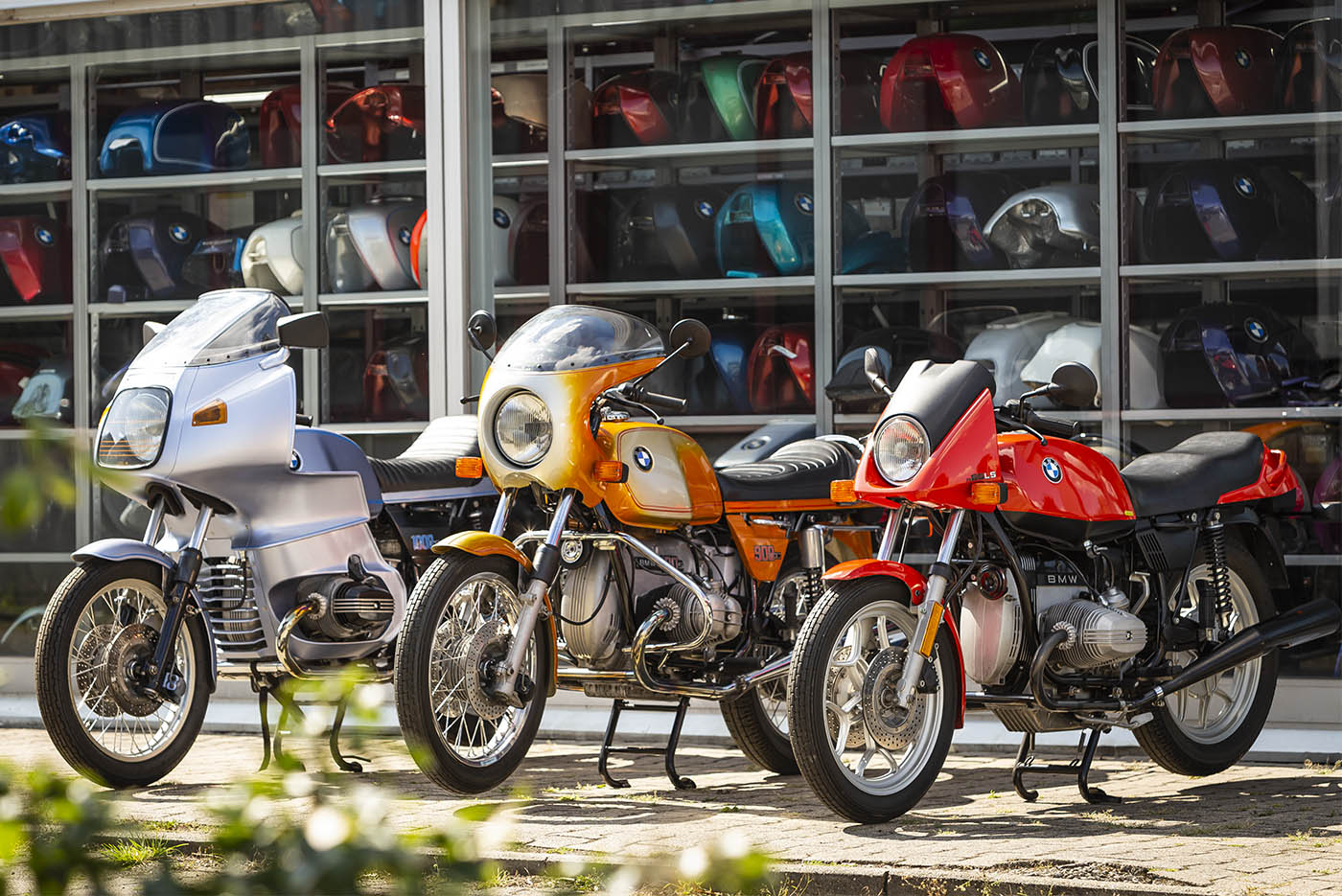Your Best Motorbike Shop for High Quality Parts and Accessories
Your Best Motorbike Shop for High Quality Parts and Accessories
Blog Article
Mastering Motorbike Gears: Just How to Enhance Your Riding Experience
In the world of motorcycling, mastering the art of gear manipulation is vital for enhancing your riding efficiency. Correctly recognizing and making use of motorcycle equipments can dramatically affect control, acceleration, and fuel efficiency, transforming an average trip right into a seamless, electrifying journey.
Recognizing Gear Mechanics
At the core of motorbike dynamics, equipment technicians play a pivotal function in transforming engine power into activity, ultimately determining speed and control. The gear proportions, meticulously created, determine the partnership in between engine transformations and wheel turns, influencing velocity and fuel efficiency.
Understanding gear auto mechanics starts with acknowledging the importance of the gearbox, which houses multiple gears of differing dimensions. These equipments interact via a process known as meshing, where teeth of different equipments engage to transfer power.
In addition, the concept of equipment shifting is essential to optimizing efficiency. Smooth and prompt changes guarantee that the engine runs within its ideal power band, preventing unnecessary pressure and boosting long life (motocross gear). By understanding these mechanical details, cyclists can attain an unified mix of control, power, and effectiveness, elevating their riding experience
Timing Your Shifts
Shift timing proficiency is necessary for enhancing motorbike performance and boosting the riding experience. Properly timed changes make certain that the engine runs within its optimal power band, which is critical for keeping control, achieving smooth velocity, and ensuring the long life of the motorbike. Motorcyclists should establish an intuitive sense of when to shift equipments, which involves understanding the relationship in between engine transformations per min (RPM) and rate.
To grasp change timing, pay close attention to the engine's sound and feel, as these give crucial clues concerning when to change gears. The suitable shift point typically happens when the engine approaches the top variety of its power band without reaching the redline. Moving prematurely can result in an absence of power, while shifting far too late may trigger unnecessary engine stress
Additionally, roadway conditions and riding design impact shift timing. In comparison, throughout highway riding, less shifts at higher speeds can be a lot more appropriate.
Enhancing Fuel Effectiveness
While mastering motorbike gears is important for efficiency, improving gas effectiveness is equally vital for both economic and ecological reasons. Optimal gas consumption not just reduces functional expenses but also decreases the eco-friendly footprint of riding. To attain this, one need to comprehend the intricate connection in between gear option and engine performance.
Riding in a higher gear at reduced speeds can lead to engine carrying, which is damaging to both fuel economy and engine health. On the other hand, riding in lower equipments at high speeds results in unneeded gas intake.
Furthermore, routine maintenance plays a crucial function in fuel efficiency. Guaranteeing that the motorbike is well-tuned, with tidy air filters and appropriately pumped up tires, can minimize and boost aerodynamics fuel wastefulness. Taking on a riding design that welcomes steady acceleration and smooth deceleration can add to far better gas economy.

Methods for Smooth Transitions
Attaining smooth equipment changes is basic to improving the riding experience and guaranteeing the durability of a bike's transmission system. Correct gear changing not only adds to this website a smooth experience however likewise lessens damage on the mechanical components. To master the art of smooth transitions, bikers must concentrate on a couple of crucial strategies.

Second of all, clutch control plays a pivotal role. Engaging and disengaging the clutch smoothly requires technique. The clutch lever should be released gradually, enabling for a seamless transfer of power from the engine to the wheels without causing a jolt or sudden activity.

Adjusting to Road Conditions
Navigating varied roadway problems is an important skill for any motorcyclist aiming to keep control and security. Whether you're riding on wet surfaces, crushed rock roads, or browsing doglegs, your capacity to adapt your equipment usage and riding strategy is extremely important. Comprehending how to adjust your equipments properly can substantially impact traction and stability, guaranteeing a much safer trip.
On wet roadways, it is recommended to keep greater equipments to decrease torque and decrease wheel spin. This strategy aids maintain grasp on unsafe surfaces, permitting smoother acceleration and slowdown. In comparison, when riding on crushed rock or uneven terrain, reduced gears are more suitable. Lower gears offer better control and allow you to respond more quickly to unexpected adjustments in the road surface area.
Sharp contours demand exact gear monitoring to stabilize speed and control. Downshifting prior to going into a contour can aid maintain energy while making sure the motorbike remains secure throughout the turn. Consistent practice in diverse problems boosts your capacity to react and anticipate to changes in roadway structure and incline.
Verdict
Grasping motorcycle gears dramatically improves the riding experience by improving velocity, gas, and control effectiveness. A comprehensive understanding of gear auto mechanics and accurate shift timing guarantees the engine operates within its ideal power band, while smooth transitions with reliable clutch and throttle control rise convenience and efficiency. Adapting gear selection to different road problems, such as utilizing higher gears on wet surfaces and lower equipments on gravel, additional boosts check that handling and safety. Eventually, these abilities elevate the overall trip.
Comprehending equipment mechanics starts with identifying the value of the gearbox, which houses numerous equipments of differing sizes. These equipments communicate through a process understood as meshing, where teeth of different equipments engage to transmit power (motox parts nz). Mild adjustments to the throttle throughout gear shifts can prevent jerky activities and keep a consistent riding speed
Whether you're riding on damp surface areas, crushed rock roadways, or navigating sharp turns, your capacity to adjust your gear usage and riding method is critical. Adjusting gear option to different road conditions, such as using higher equipments on damp surfaces and reduced gears on crushed rock, additional improves handling and security.
Report this page